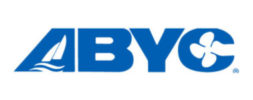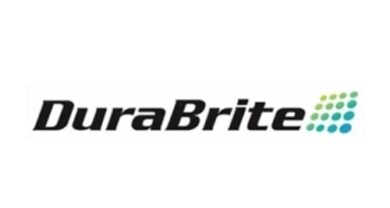Consumers flocking to new technology outboards
So far, 2004 has been a year of upheaval for the U.S. outboard market.
For one, the sale of Genmar’s aluminum brands to Brunswick Corp. is likely to upset the balance of outboard market share in the industry. In the long-term, Mercury Marine is likely to capture that share, but some believe the outboard brand may lose share elsewhere. (See page 66.) This year, with Yamaha’s resolution to halt the sale of its engines to the aluminum brands by June, the other engine builders may capture some of that share while Mercury ramps up production.
Secondly, the government’s investigation into Mercury Marine’s allegations that Japanese engine builders are dumping their product in the U.S. market has created a stir, at the very least. The outcome, expected this summer, may also shake up the market share balance.
Despite this, Yamaha is optimistic about its performance and that of the entire outboard market in fiscal 2004, which, for Yamaha, runs April 1 through March 31.
This optimism is based in part on a strong boat show season and first quarter, in addition to a healthier economy than last year and a “more clear understanding of what’s happening in Iraq,” according to Yamaha Marine Group President Phil Dyskow. He also says Yamaha is well positioned to take advantage of a significant shift in consumers’ buying preferences toward new technology engines.
Dyskow predicts industry outboard unit retail sales growth of 3-5 percent, with the possibility of 4- to 6-percent growth if favorable factors, such as low interest rates, continue to exist.
In the aluminum boat segment, he expects 4-6 percent growth at retail, with pontoon and large fishing boats seeing particular growth. However, he predicts the fiberglass sector will see 2-5 percent growth at retail, with saltwater boats growing 2-4 percent and bass boats growing 1-2 percent.
Price becoming less important?
Dyskow suggests that price is becoming less of a factor as consumer demand for newer technology engines increases.
He notes, in particular, the decline in sales of carbureted two strokes and the growth in four-stroke sales. Direct injection two strokes also have been growing in popularity, he says. Dyskow expects consumer demand for four strokes to continue to grow. Demand for two- stroke direction injection engines will depend on how well manufacturers can perfect the technology and whether consumers adopt it, Dyskow suggests, but he expects it, also, to grow. Meanwhile, the combination of consumer preference and regulatory restrictions will further limit the size of the carbureted two-stroke market.
Yamaha’s growth to slow?
It’s no secret that in recent years Yamaha has seen significant market share growth, with sales above and beyond the industry average. Dyskow says Yamaha is “not the cheapest, not the most clever.” However, it has been and continues to be, well positioned to take advantage of consumer demand he suggests.
Despite this, Dyskow doesn’t expect Yamaha to capture much more than a third of the overall outboard market. He says the company focuses on the premium, feature-laden sector of the market, which is reflected in the engines’ pricing.
Meanwhile, Yamaha has been investing its earnings back into the company, particularly in the technology of its outboard engines, components and manufacturing, according to Dyskow.
In addition, Yamaha has seen supply chain improvements, largely through the implementation of its Compass system. With this improved supply chain management, dealers will find the delivery process much more reliable and on-time, says Dyskow.
The outboard builder also has been ramping up its Yamaha Dealer System, allowing dealers to view their CSI ratings online, read customers’ comments and compare their ratings to the national average. — Liz Walz




